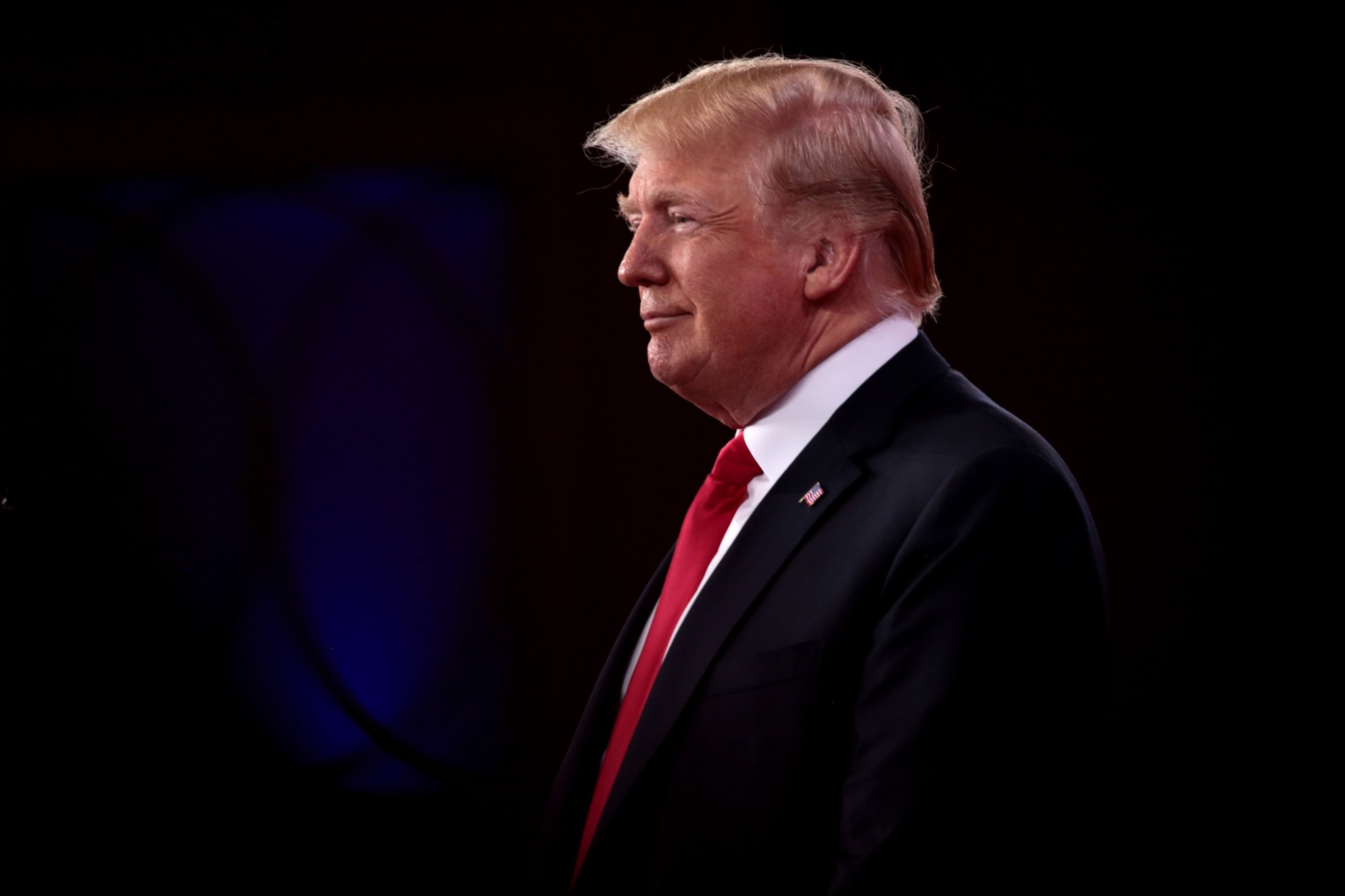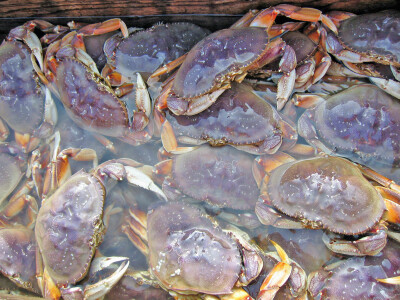President Donald Trump’s trade war now includes tariffs on seafood going to and from China.
China is Alaska’s biggest seafood buyer, purchasing 54 percent of Alaska seafood exports last year valued at $1.3 billion. On July 6, a 25 percent tariff went into effect on U.S. exports to China, including all Alaska salmon, pollock, cod, herring, flatfish, Dungeness crab, blackcod and geoduck clams.
Then on July 11, Trump added a 10 percent tariff on all seafood sent from China to the United States, including products that are reprocessed in China and sent back for distribution in this country.
The total value of the 291 seafood products China sends to the United States each year is $2.75 billion. At 10 percent, that’s a $275 million hit.
It will affect 70 percent of imports of frozen cod fillets. Likewise, 23 percent of all frozen salmon fillets come into the United States from China, including pink salmon that is reprocessed into salmon burgers and fillets.
Trade data show that China represents 47 percent of U.S. breaded shrimp imports and 37 percent of frozen squid imports. China also supplies 20 percent of the U.S. frozen scallop market.
“As sellers are forced to raise prices, competitive products from other countries will follow suit, resulting in across-the-board seafood price increases. That will discourage seafood buying, so sellers will lose business as customers back away,” said John Sackton of SeafoodNews.com.
China has been the fastest growing global market for high-end seafood. Last month, Alaska’s Gov. Bill Walker led a trade mission to China with several Alaska seafood companies that have spent millions to expand their brand.
In recent years, Alaska seafood sales to China have increased by millions of dollars through e-commerce, said Hannah Lindoff, international program director for the Alaska Seafood Marketing Institute.
Lindoff added that ASMI will try to expand sales to other markets, such as Brazil, Spain and Ukraine. But it is more expensive to mount campaigns in multiple countries than in a single large market like China.
ASMI operates on a shoestring international budget of less than $7 million a year, mostly from grants and federal dollars. Its overall budget is about $22 million, nearly all from processor taxes.
Trump’s seafood tariffs come at a time when the Alaska Legislature has zeroed out the state’s $1 million dollar contribution to seafood marketing.
Compare that to Norway’s more than $50 million marketing budget from a small tax on its seafood exports.
Meanwhile, the Associated Press reported recently that “scant” American fish or shellfish was for sale at Jingshen, Beijing’s largest wholesale seafood market, which supplies restaurants and grocers across China. Several distributors said the recent 25 percent tariff has made American seafood unaffordable.







